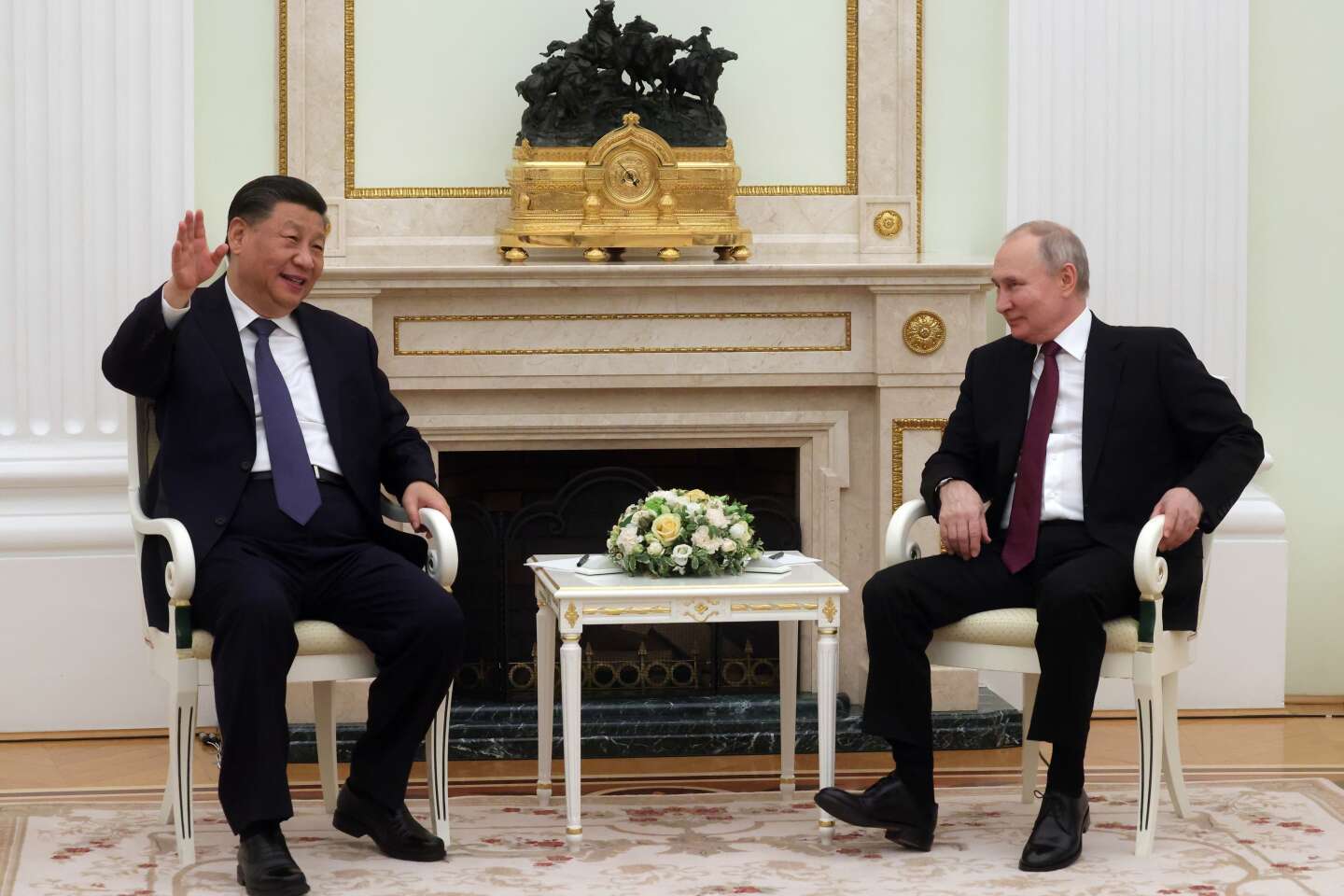


Heightened geopolitical tensions, especially the escalating rivalry between the United States and China, are the primary catalyst of fragmentation. China, which emerged as the world’s largest exporter more than a decade ago, overtook the US as the world’s largest economy (in purchasing-power-parity terms) around 2016.
At the same time, the decline in US manufacturing jobs, partly attributed to the surge in Chinese imports, has fueled Americans’ discontent with globalization and reshaped their views on China.
Contrary to many Western analysts’ expectation that increased trade would put China on a path to democratization, the country has gone in the opposite direction under President Xi Jinping. Instead of liberalizing and pursuing pro-market reforms, Xi has gravitated toward a state-centric system controlled by the Communist Party of China.
Former US President Donald Trump’s administration responded to these developments by initiating a trade war with China, a move widely viewed outside the US as a protectionist aberration that reflected Trump’s "America First" agenda. But President Joe Biden’s administration has maintained the tariffs.
Technological decoupling
This should not come as a surprise. The new US consensus on China seems to be, “The more we trade with them, the more they use it against us.” The Sino-American trade war has become an integral part of a broader US geopolitical strategy backed by both Democrats and Republicans in Congress. Technological decoupling, which entails curbing high-tech exports to China and restricting the use of Chinese equipment in the US, is central to this strategy.
Meanwhile, the European Union has embraced French President Emmanuel Macron’s vision of “strategic autonomy.” By securing access to critical inputs and raw materials, the thinking goes, the EU could deter hostile countries from weaponizing trade. Russia’s use of its oil and natural gas exports as a strategic tool against the bloc in the wake of its invasion of Ukraine, together with the Kremlin’s deepening ties with China, has intensified the EU’s efforts to protect key sectors by reducing its reliance on both countries.
Moreover, a growing number of voices within the European Commission and among member states have called for the EU to follow in America’s footsteps, curtail high-tech exports to China, and restrict the integration of Chinese technologies in Europe.
This strategy carries significant risks, as China might retaliate by restricting the exports of essential raw materials required for high-end semiconductors and renewable energy. Already, China, which accounts for 98% of global production of gallium and controls 68% of germanium production in various countries, restricted exports of these inputs for chip fabrication in response to the enactment of the CHIPS and Science Act, which curbed US tech exports to China.
You have 45% of this article left to read. The rest is for subscribers only.
